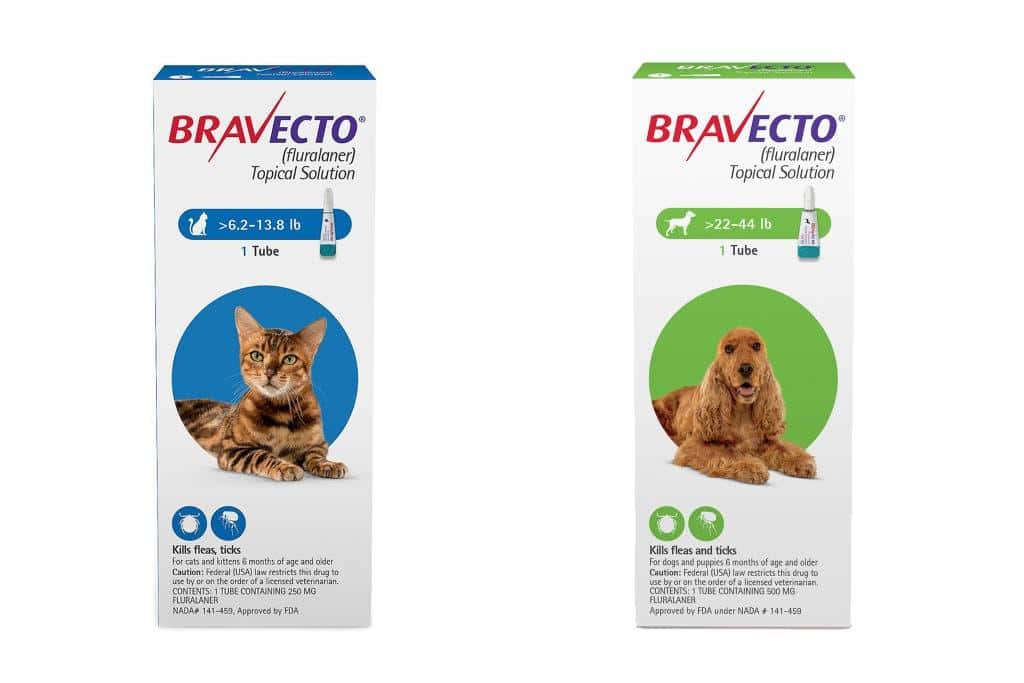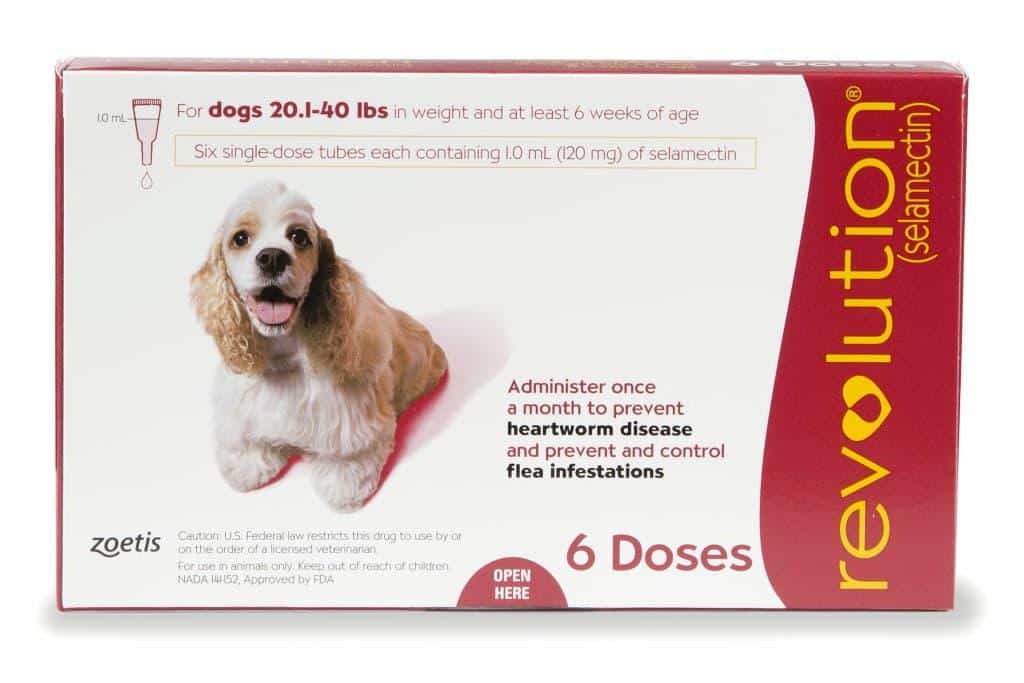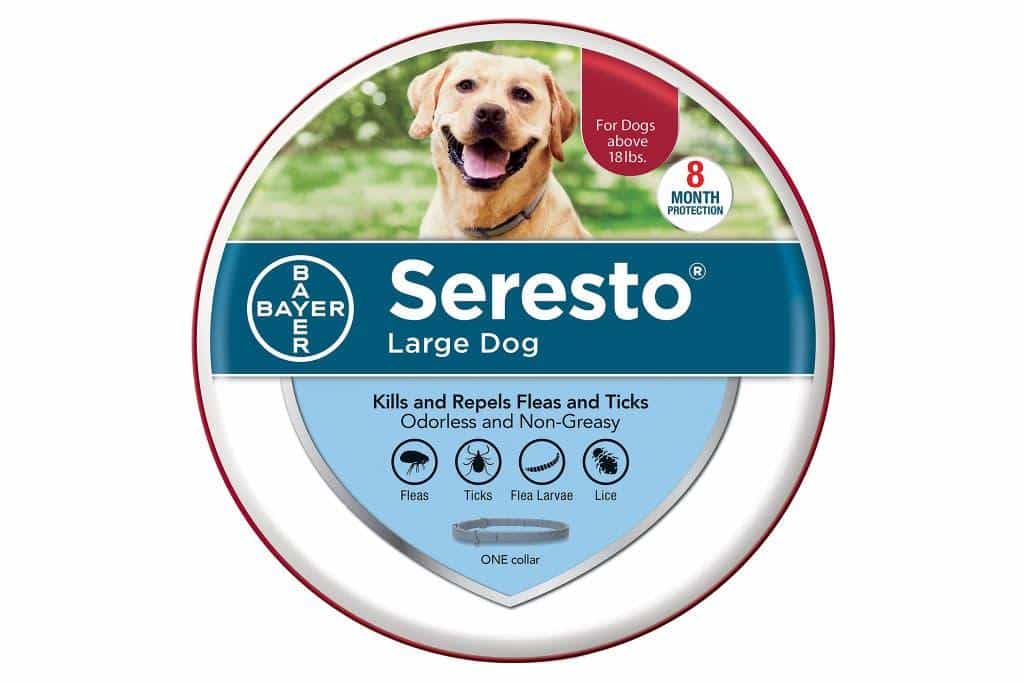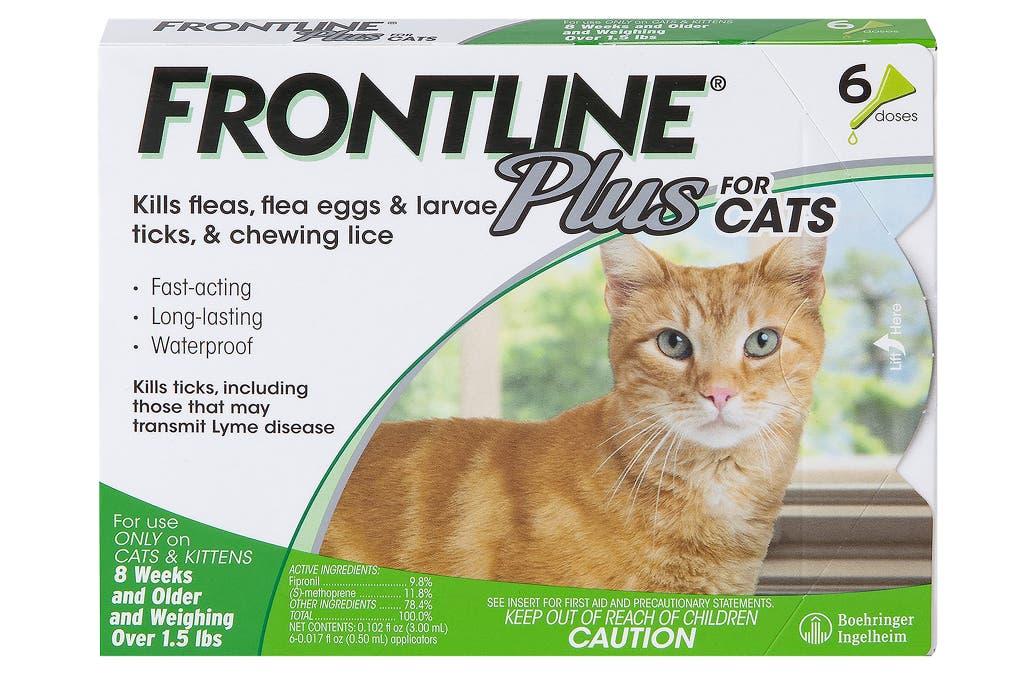Pet owners will know that fleas are prevalent and annoying. Regular flea and worm treatments are essential for your dogs and cats. As 95% of fleas and egg larvae live in your environment, treating your home is equally if not more important than treating your pet. Otherwise, the infestation will return.
What Are The Signs Of A Flea Infestation On My Pet?
Fleas are small and fast, so it is not uncommon to see them jumping off and on your pet’s body. A black flea has a flattened body and is usually less than an eighth of an inch in size (unless it is full of blood, in which case it is lighter in colour). He may also chew, scratch or lick certain body parts more often than usual, among other behavioural symptoms. Symptoms of fleas can be detected by checking your dog or cat’s skin or coat or looking for ‘flea dirt (flea faeces that look like dirt). Try putting some on a paper towel and adding some water to see if it’s actual dirt rather than flea dirt. Reddish brown is the colour of flea dirt because it contains blood excreted by the flea.
Flea signs in your pet
It would be best to look for a few signs to determine whether your pet has fleas.
- Does your pet scratch?
- Are there patches of baldness or soreness?
- Do you see spots or scans?
- Is there redness and irritation?
- Are there areas of thickened skin (e.g. around the ear edges)?
- Is its fur flecked with dark spots, or are small browny-black insects scurrying around?
- Is there anything you haven’t accounted for in terms of insect bites?
A flea infestation could result from answering ‘yes’ to any of these questions.
Check Your Pet For Fleas By Comb.
It is a good idea to groom your pet using a fine-toothed comb held over a white surface, such as kitchen paper, if you doubt your pet has fleas. The surface will be covered with fleas and flea droppings. Your pet likely has fleas if its droppings turn reddish brown when you add a few drops of water.
Talk to your vet for the best advice if you’re still unsure whether your pet has fleas or what product to use.
Fleas And Ticks Can Be Spotted By Grooming.
You can improve your bond with your pet by grooming them regularly. You should still groom your dog regularly, even if it has short hair. You can keep your pet’s fur clean by doing this regularly, and you will be able to detect fleas and ticks on them if they have them.
In addition to preventing matting and improving circulation, grooming will improve your cat’s health.
Choosing The Right Treatment
Choosing the proper tick treatment can be challenging, with many available options. To get you started, here is a list of some of the best and most effective flea treatments for dogs and cats. However, you may need to experiment to find which treatment works best for you and your pet.
The Best Flea Treatments for Cats and Dogs
Bravecto

Bravecto Chew and Bravecto Topical Solution for Dogs protect against fleas, black-legged ticks, American dog ticks, brown dog ticks for twelve weeks and lone star ticks for eight weeks. However, they do not protect against heartworms. Chewing formulas are convenient because they do not require messy goo to be applied to your pet’s fur. Using this formulation, however, your pet must be bitten by an insect before the pesticide can be absorbed. Compared to topicals, which are absorbed into your pet’s coat and oil glands, they do not affect pests that come into contact with them. Consider a topical ointment instead of a medicated ointment if your pet is susceptible to flea bite.
Cats are protected against fleas and black-legged ticks for twelve weeks with Bravecto Topical Solution for Cats and American dog ticks for eight weeks with Bravecto Topical Solution for Cats. Eight-week protection from fleas, black-legged ticks, heartworms, roundworms, and hookworms with Bravecto Plus for Cats.
Revolution


There are a variety of fleas, ear mites, roundworms, and some ticks covered by Revolution Plus for Cats. You can protect your dog against heartworms and ear mites using Revolution for Dogs if you don’t worry about ticks.
Cats are better protected from pests with Revolution Plus topical solution. The only topical treatment we recommend for Gulf Coast ticks that thrive in the Southeastern and Mid-Atlantic states is this one. As well as treating ear mites, this is our only pick that treats fleas and ticks. Aside from protecting kittens against roundworms and hookworms, Revolution Plus also protects against common parasites. In addition to fleas, black-legged ticks, American dog ticks, Gulf Coast ticks, ear mites, hookworms, and heartworms, it also kills roundworms and hookworms. This guide doesn’t recommend Revolution for Cats’ non-Plus version because it doesn’t protect against ticks.
Our other mentioned flea treatments do not protect against heartworms, but Revolution for Dogs is the only one that does. Despite being found worldwide, brown dog ticks are not protected by Revolution. It kills fleas, ear mites, sarcoptic mange, dog ticks, and heartworms (Bravecto, Frontline, and Seresto do this.) Moreover, Revolution kills heartworms, fleas, ear mites, and sarcoptic mange.
Seresto


Medicated collars are less stressful for pets that don’t tolerate topical medications well. Both Seresto Collars for Dogs and Seresto Collars for Cats offer protection that lasts as long as possible between reapplications (eight months per collar, compared with one month for most topicals). Both cats and dogs can benefit from this treatment if they have deer ticks, Gulf Coast ticks, or mange and lice.
Seresto collars are great if your pet isn’t able to sit still for you to apply an ointment or if you want something that will keep your pet from getting bitten for the most extended period. It takes less time to put on than to apply a tube of goo around your pet’s neck, and it only needs to be replaced every eight months. We suggest monthly topical treatments for half of the recommended products, including Frontline and Revolution.
Unlike Bravecto, Seresto fights fleas, ticks, and other parasites (but not parasitic worms). It is also possible that some pets may not like wearing a collar around their necks due to its extra bulk. Redness or inflammation may occur near the collar in pets with sensitive skin; if this is the case with your pet, try an oral or topical treatment instead. Besides fleas and ticks, Seresto Collar for Cats also protects against brown dog ticks, lone star ticks, and deer ticks. Besides fleas, Seresto Collar for Dogs protects against brown dog ticks, lone star ticks, deer ticks, and sarcoptic mange.
Frontline Plus


You can buy Frontline Plus for Dogs and Frontline Plus for Cats at any pharmacy without a prescription. If you want to protect your dogs and cats against the same pests on the same schedule, this treatment may be for you.
We recommend Frontline Plus as the only product on the market that treats cats and dogs with the same pesticide, on the same schedule, and without a prescription. There is a slight difference in the active ingredients between the two versions since they’re species-based. However, cats and dogs can apply the product on the same schedule. Fleas, lice, American dog ticks, deer ticks, brown dog ticks, and lone star ticks can all be treated with these treatments. Hence, you won’t have to mix and match different brands of flea medication to ensure that every pet is protected equally. It can be confusing for pet owners of cats and dogs who want to protect their pets from several parasites with a single prescription because Bravecto offers four formulas to protect against different combinations of pests – which can be difficult for the owner to assess. Rather than focusing on flea baths, Frontline Plus takes the guesswork out of flea control.
We also recommend Frontline Plus because it does not require a prescription. You won’t have to worry about whether your vet filled the prescription while running errands. The over-the-counter drug also costs less than Bravecto and Revolution, which are prescription medication choices.
Facts About Fleas
Fleas are external parasites. It is possible to get fleas on more than one host species, such as dog fleas, cat fleas, rabbit fleas, and human fleas. Further information on fleas can be found here:
- When fleas are adults, they only feed on their hosts’ blood. The mouthparts of adult fleas are designed to penetrate the skin and suck blood from their hosts.
- There is no age limit for fleas; they can live from 14 days to a year. Female fleas can lay as many as 50 eggs each day – a lifetime of 1,500 eggs!
- Depending on the type of flea, some can leap several hundred times their height.
- In the environment, 95% of flea eggs, flea larvae, and pupae reside, not on your pet.
Fleas: What To Look For (And How To Deal With Them)
When your pet scratched frequently and aggressively, it was likely infested with fleas or other pests. Make sure you look for black flecks on the floor and flea droppings on furniture (this is flea dirt). Consider using a flea comb on your dog or cat if you suspect they might have fleas. Pay particular attention to the base of the neck near the shoulder blades, the tail, and the abdomen. Bath your pet and treat him with flea and tick medication as soon as possible after you remove them.
When fleas die, their remains rise to the surface of your pet’s fur, so don’t worry if you see them after treatment. There is a possibility that flea eggs existed in your home before you started using flea medication if you see living fleas in your home. In addition, some pet owners may skip treatments, believing their pet is safe. It is possible, however, for fleas to multiply again if they have not been completely eradicated. As a result, ensure you continue your treatments as long as your veterinarian suggests.
How About Flea Sprays?
Topical and oral flea medications cost more than flea spray. Most products need to be applied weekly, so they are not as convenient or cost-effective in the long run as a monthly topical. Since these treatments are poisonous on contact, you must usually spray down your entire pet, which requires much more effort than applying a few drops to the neck.
Conclusion
Many households suffer from flea infestations. Pets, humans, and other animals can be infected with tapeworms and Lyme disease. Dogs and cats can be treated with oral flea medications, topical applications, and collars for fleas. We hope you find this helpful.
FAQs
Are cats and dogs treated the same way as fleas?
Cats and dogs are both prone to flea infestations. A flea infestation can be highly uncomfortable for your pets, as well as an infestation of fleas in your home. You can use a variety of treatments to kill fleas on your pets, but you must be careful not to mix them up in order not to harm either one. When using these products, you must read and follow the instructions carefully.
Cats can be treated with many flea treatments, but dog-specific treatments may contain ingredients that harm their skin, so it is essential to avoid using them.
My house is infested with fleas. What can I do?
You want to get rid of fleas in your house as soon as possible. There are several ways to do this, but flea bombs are the most effective.
Close all windows and doors in your house and turn off all lights.
Let the wind blow through the windows on the opposite side of your house.
You should light one or two candles in every room, preferably near the bombing site.
Take at least an hour off from your house, preferably more.
When you reenter the home after an hour, open the windows to let the home air out.
